NTIA Urged to Consider Tech-Neutral Approach for $42.5B BEAD Expansion
Groups say alternative technologies are essential to meet BEAD’s universal broadband goals.
Jericho Casper
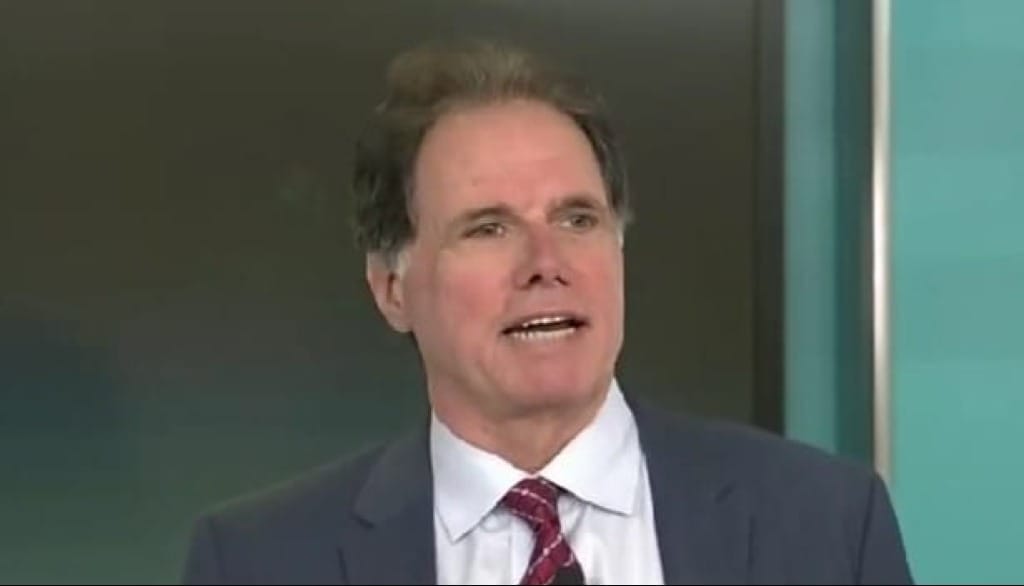
WASHINGTON, September 11, 2024 – The Biden Administration’s $42.5 billion high-speed internet expansion program may take a more technology-neutral approach than initially expected.
That is, if the program’s governing body, the National Telecommunications and Information Administration, heeds comments filed Tuesday in response to the agency’s proposed guidance on alternative broadband technologies released in late August.
Many of the comments filed Tuesday urged the NTIA to adopt a more technology-agnostic approach that would allow alternative technologies, such as unlicensed fixed wireless and low-Earth orbit satellites, to be prioritized alongside fiber under the Broadband, Equity, Access, and Deployment program.
“By embracing a technology-neutral stance the NTIA can foster competition and maximize the impact of BEAD funding,” wrote the International Center for Law and Economics in comments released Tuesday.
The Digital Progress Institute, a coalition of organizations that advocate for free-market policies in tech and telecom, echoed this sentiment, arguing that NTIA’s fiber preference and ‘extremely high-cost’ threshold could undermine the BEAD program’s goal of universal broadband.
“Alternative technologies are the only way for NTIA to make real progress on its goal of connecting more Americans,” the coalition of stakeholders representing the R Street Institute, the Consumer Choice Center, and the Foundation for American Innovation, among others, argued in comments.
Both organizations alleged that the statutory language of the bipartisan infrastructure law that established BEAD did not mandate a preference for any specific technology, as long as the program’s speed requirements of 100 Megabit per second (Mbps) download and 20 Mbps upload were met.
Other groups, including the Open Technology Institute at New America and WISPA, similarly raised concerns that NTIA’s proposed fiber-first hierarchy may hinder the program’s goal of achieving universal access efficiently and expeditiously.
In comments submitted on behalf of OTI by director and senior research fellow Michael Calabrese, OTI highlighted that the high-cost of deploying fiber in remote and difficult-to-reach areas could make it financially unfeasible for many subgrantees, leading them to avoid bidding on those locations altogether.
Citing Vernonburg Group’s Broadband Funding Optimization Tool, OTI pointed out that the total cost of deploying fiber to all remaining unserved and underserved locations in the U.S. could exceed $120 billion – far more than the BEAD program’s budget.
WISPA, which represents fixed wireless providers serving around 10 million rural Americans, also stressed the need for flexibility, in comments attributed to its vice president of policy Louis Peraertz.
WISPA argued that unlicensed fixed wireless networks can deliver speeds exceeding 100/20 Mbps and called for the NTIA to expand its definition of alternative technologies to include Free-Space Optics, a wireless technology that transmits data using laser beams through the air, which WISPA argued can provide fiber-like speeds without traditional infrastructure.
As the NTIA reviews these comments, as well as the replies due October 10, its final decision may reshape the way billions in BEAD funding will be allocated.


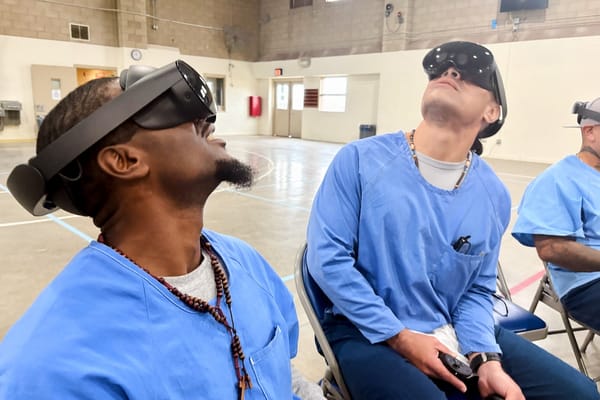
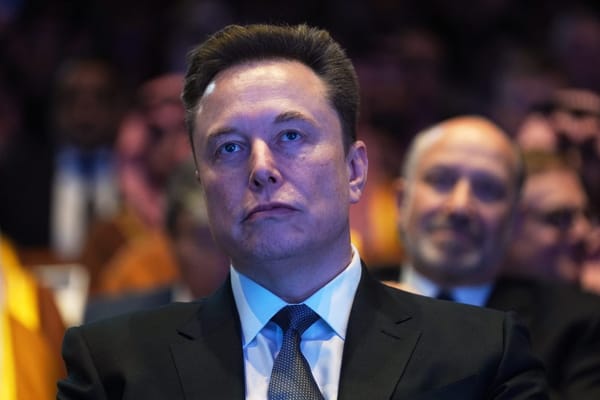
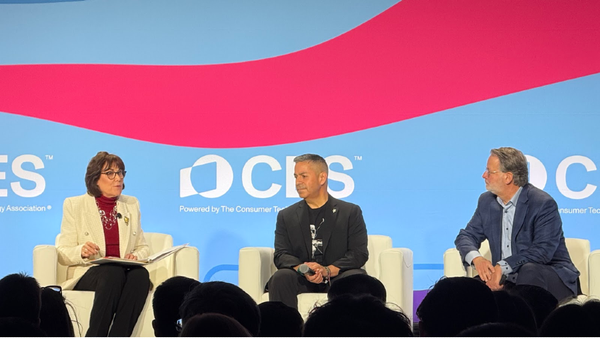


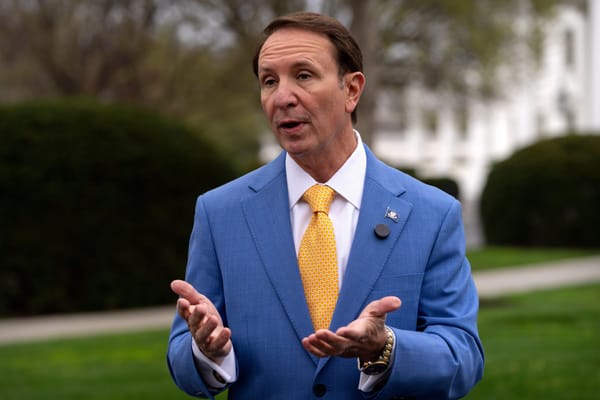



Member discussion